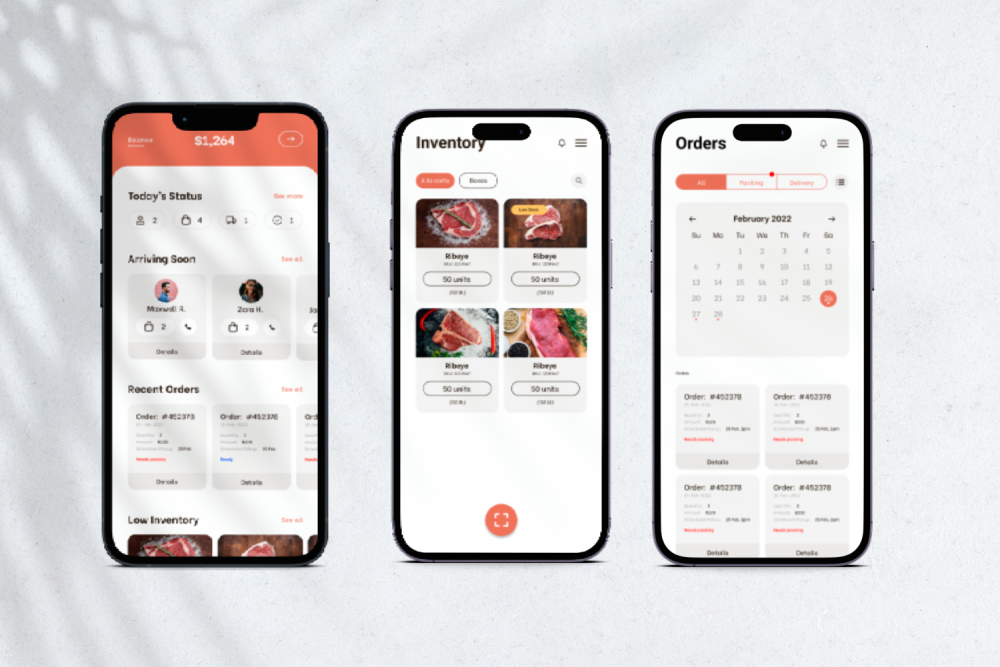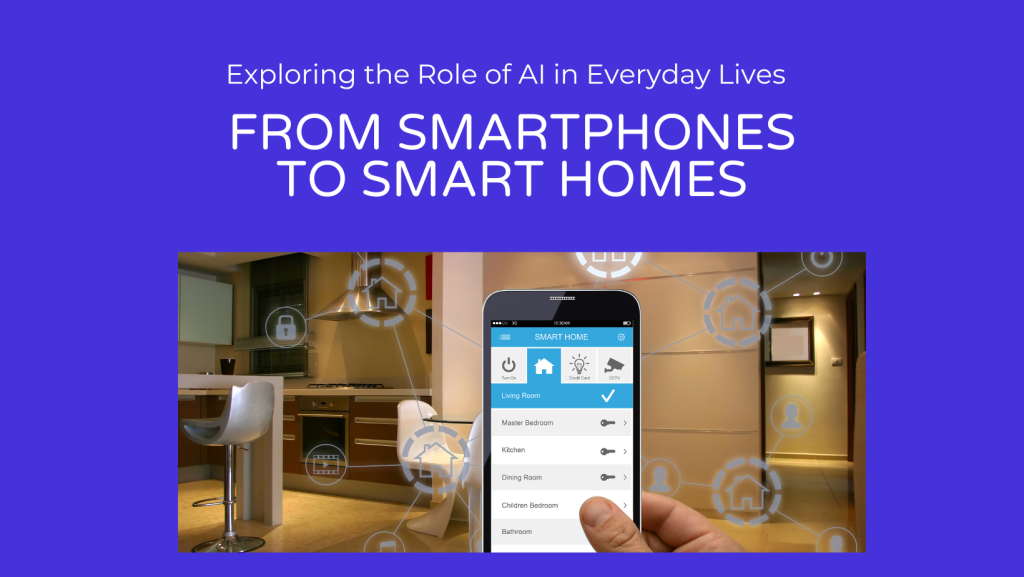We have already discussed the two major business models and I hope it has helped you in choosing one. The choice of your business model is really an important factor in determining the success of your start-up.
If it is not profitable and sustainable then probably all your efforts will be in vain. And when it comes to the online marketplace, it should be done with even greater care.
So, as you’ve chosen a marketplace as your business model, you are now a step closer to building your own business! Running a marketplace can generate more revenue for its owner.
Though the concept of a marketplace sounds appealing to almost all entrepreneurs, most of them are unaware of the proper strategy for building one.
To explore effective strategies for monetizing a directory website, you can check out our detailed blog on Ways to Monetize Directory Website.
There are no bad business and investment opportunities,
but there are bad entrepreneurs and investors.
-Robert Kiyosaki
Once you’ve chosen your platform business model then it’s time for you to choose a proper monetization strategy. There are different ways to monetize your marketplace and you should choose a method depending on what works for your niche, sellers, and buyers.
When your marketplace grows, the traffic and demand on your website also increase, and thus the options available to generate revenue will also expand.
In this blog, we will cover the commonly used monetization models to run a successful online marketplace. We will also look at how the most leading marketplaces like Amazon, Etsy, Airbnb, eBay, etc are already using these strategies successfully.
So, let’s get started…
How to successfully monetize your online marketplace
If you look at some leading marketplaces such as Amazon, Airbnb, or Uber, you will quickly notice some things they all have in common. They are global giants and profitable companies with hundreds of thousands of merchants as well as customers.
But if you think of starting a marketplace, you won’t probably set these brands as your benchmark. You would rather look at smaller marketplaces that are closer to your business capabilities.
Yet, when you analyze their revenue model, you’ll get to know that no matter the scale, all (or the majority) of the marketplaces have implemented similar solutions.
You should define a revenue model that will generate a preferable profit and, at the same time, don’t scare your potential sellers with your conditions. The fund mainly comes from the community that you are serving, i.e, the users of your platform.
Usually, choosing a monetization strategy depends on your target audience and your marketplace offering.
Therefore, there is no need to reinvent a model when it comes to your expenditure and income. Instead, you can simply operate on one of the existing and trusted models.
It doesn’t matter whether you are planning to launch a product-based or service-based marketplace, the solution is probably waiting for you.
Now, let’s review different monetization models and see how online marketplaces make money.
Commission
A common method used by most marketplaces is to charge a commission on every transaction that occurs on their platform. Airbnb, Amazon, eBay, Etsy, and Uber are all successful marketplaces that charge transaction fees.
The main thing about this model is that you will get a part of each payment completed on the website. So logically, if a transaction occurs then you get money and if not, you won’t get any.
Introducing a commission model can be effective for monetizing a marketplace and there are three ways in which this can work: the fee is paid by the seller, by the buyer, or by both.
Most sellers who list their products and services on the platform tend to prefer this model because they don’t have to pay the marketplace until they get their first revenue. The platform should attract the buyers not only by the product variety and quality but also by transaction security.
The sellers expect you to bring them large and stable customer traffic. As the marketplace owner, your primary concern should be to create a useful resource, so that both parties won’t leave the platform and carry out their transactions elsewhere.
This is a preferable option for sellers as they aren’t out of pocket before they have made a sale. The owner also enjoys using this model because of all the cash flows through the platform. The transaction fees can be charged either as a flat rate or a percentage of the sale.
Most marketplaces that use this model charge a percentage fee. But if your platform sells big-ticket items then it’s better to use a flat rate as the sellers won’t be happy to pay a huge percentage as commission fees. If you look at eBay, then it’s one such marketplace that offers both options.
Another important thing to note is that marketplaces that sell physical goods charge less when compared to those which offer services. For example, Alibaba charges a transaction fee between 5 and 8%.
But Airbnb charges both hosts and guests a fee for each booking. They generally charge their hosts a 3% commission fee and guests up to 20% of the booking subtotal.
Subscription (membership fee)
Contrary to the commission model, a subscription fee is a strategy where some or all users are charged to get access to the platform. It gives some insight on what revenue could be generated in a month or year for a certain set of features.
Besides, if sellers want to get access to superior benefits, then they have to pay a membership fee. So the major benefit of this model is that you will get money from registered users on a regular basis. And the more exclusive the features are, the more expensive will be the fees.
Amazon can be considered as a great example as it has implemented Amazon prime, kindle unlimited, audible, etc. Another example would be eBay which also had successfully implemented this.
While using this model, make sure that you provide unique goods or services. When you give the customers content which is not easy to find on other platforms, only then this strategy will work for you. If it doesn’t happen then you may lose your potential clients.
So, we recommend you to implement this monetization model when your marketplace has reached the winning audience.
Listing fees
It refers to an amount that the marketplace charges the sellers for listing their items on the platform. For example, eBay, Etsy, Delivery Hero, etc charge a listing fee. It is quite a transparent payment option.
Also, all users have access to the same information and have to pay the same amount. As they are treated equally, they feel that the marketplace plays fair.
Something positive about listing fees is that it might improve the quality of the items offered as the sellers will put more thought into it if it costs them something.
As the sellers are obliged to pay for the products they wish to sell, they do it wisely and try to adjust to customers’ needs. As a result, such a platform can make the customers feel like they would probably find what they are looking for.
There are some negative sides to implementing a listing fee model. If the stakes are chosen wrongly, then that can create some troubles. If it is too low, then that may attract spammers. Likewise, if it is too high, then people would be discouraged from listing and the marketplace will stop growing.
Advertising
This model allows third-party advertisers to promote their products and services. It means that you get paid for the ads publishing in your marketplace.
When displaying ads on your marketplace, you need to be careful that it doesn’t interfere with the user experience that your site provides. It should be used wisely as ads can sometimes be so annoying for your visitors.
Also, you can’t decide the quality of third-party advertising. So, if not done well, it can probably drive your potential customers away.
Also, implementing this strategy to marketplaces with low traffic will bring only a small revenue. This requires a big scale to be meaningful. Once you gain high traffic, ads can be a nice additional revenue and even Amazon is experimenting with this.
Our final thoughts
As you can see, the majority of the successful marketplaces have already implemented at least one of the above-mentioned models. It may vary in smaller or bigger details but the general rules will still be the same.
Choosing a relevant monetization model is really important and it shouldn’t be done in a hurry. I hope you enjoyed going through this list and that we were helpful. So, first, analyze all the models and then start building the platform.
Looking to create a marketplace? Then we can help you with that.
Our experts in web development can build a multi-vendor marketplace for you by making the development cost-effective. With our teamwork, we have successfully handled multiple marketplace-related Projects.
So, if you want to build a platform like Amazon or Etsy, or any other successful marketplaces, we are here to help you. Let’s work together for your dream to become a reality.
Contents
FAQ
Most frequent questions and answers
Shopify does not offer multi vendor functionality by default and if you want to make an online marketplace with Shopify, you’ll have to look for third-party extensions. Webkul Marketplace App is one of the most popular extensions for Shopify.
Multi-Vendor Marketplace for Shopify is one such application that will perfectly help you maintain the balance between the admin and the sellers. Apart from that, it will help you convert your single-seller Shopify store into a fully-functioning marketplace with flexibility & helpful add-ons
From the Products page, select as many products as you’d like, then click Edit products. On the top of your product list click Add fields and choose Vendor from the list. Be sure to click Save in the top right corner before leaving this page!

















